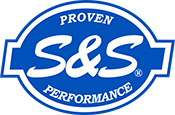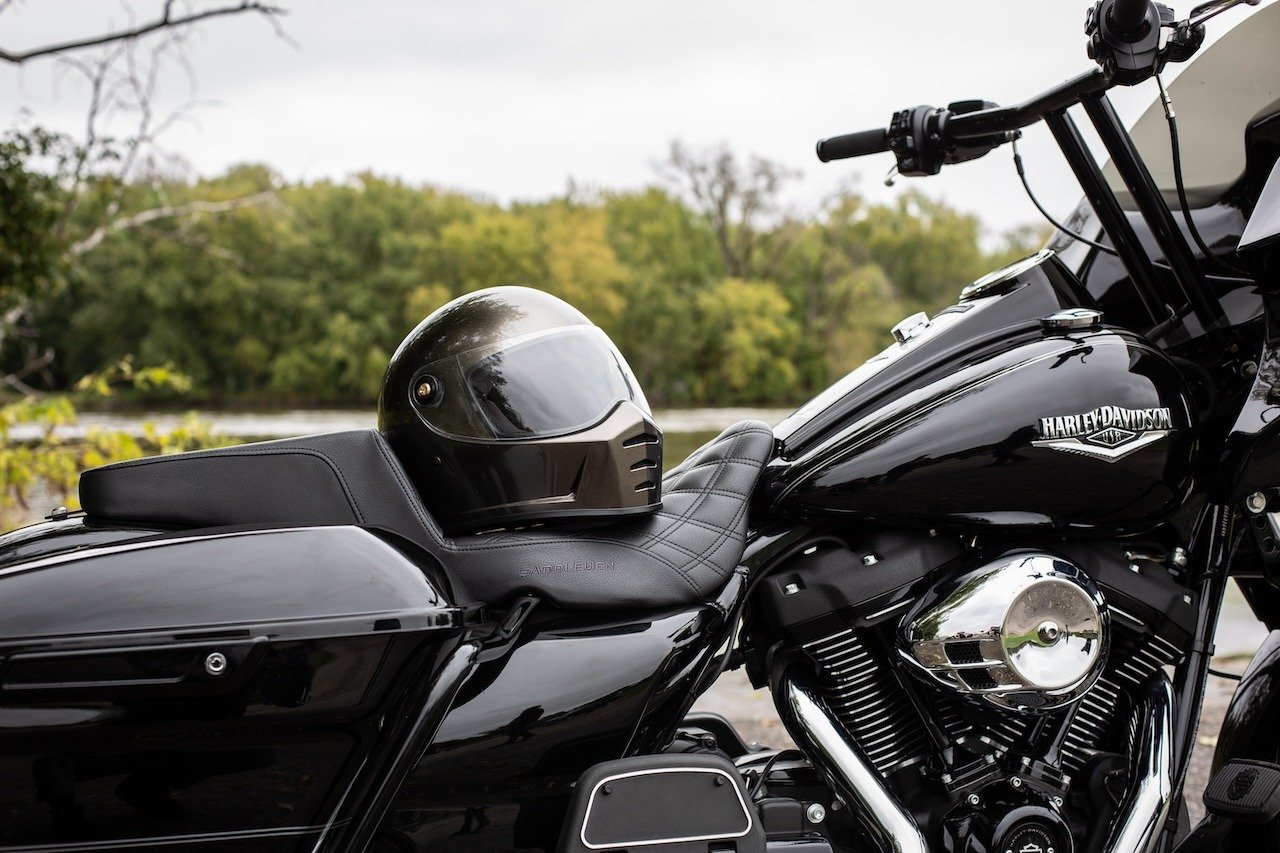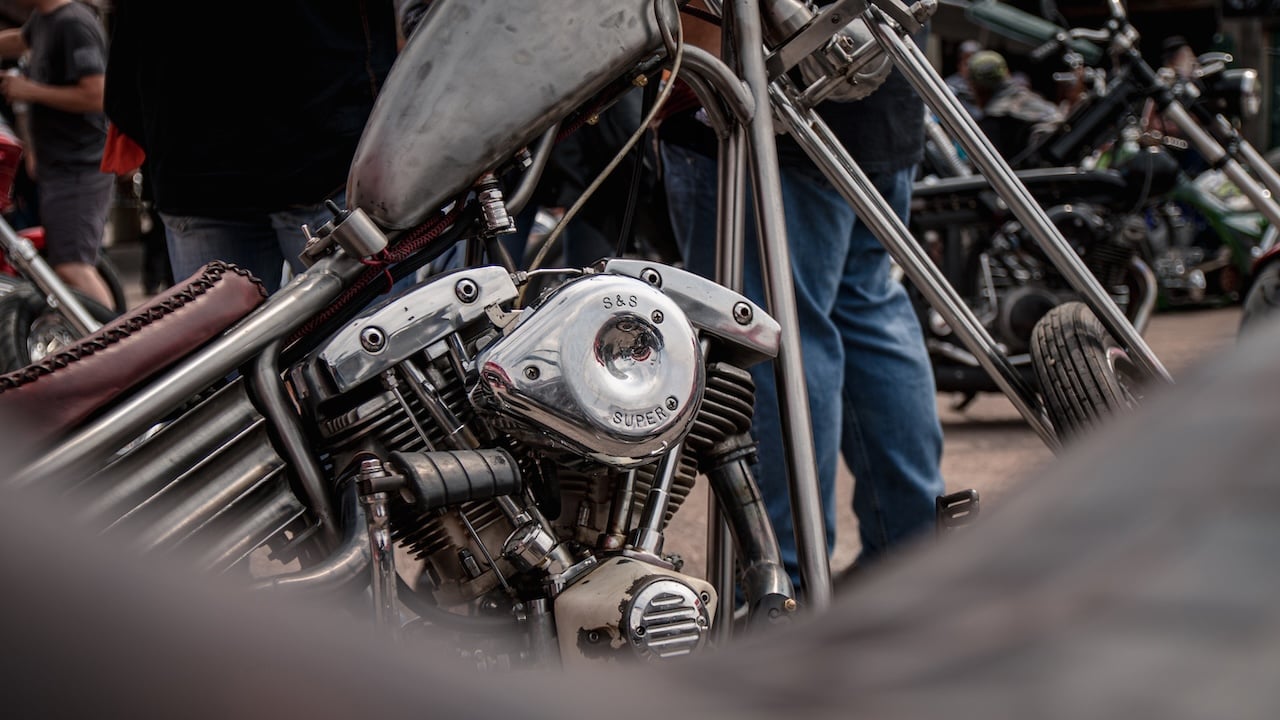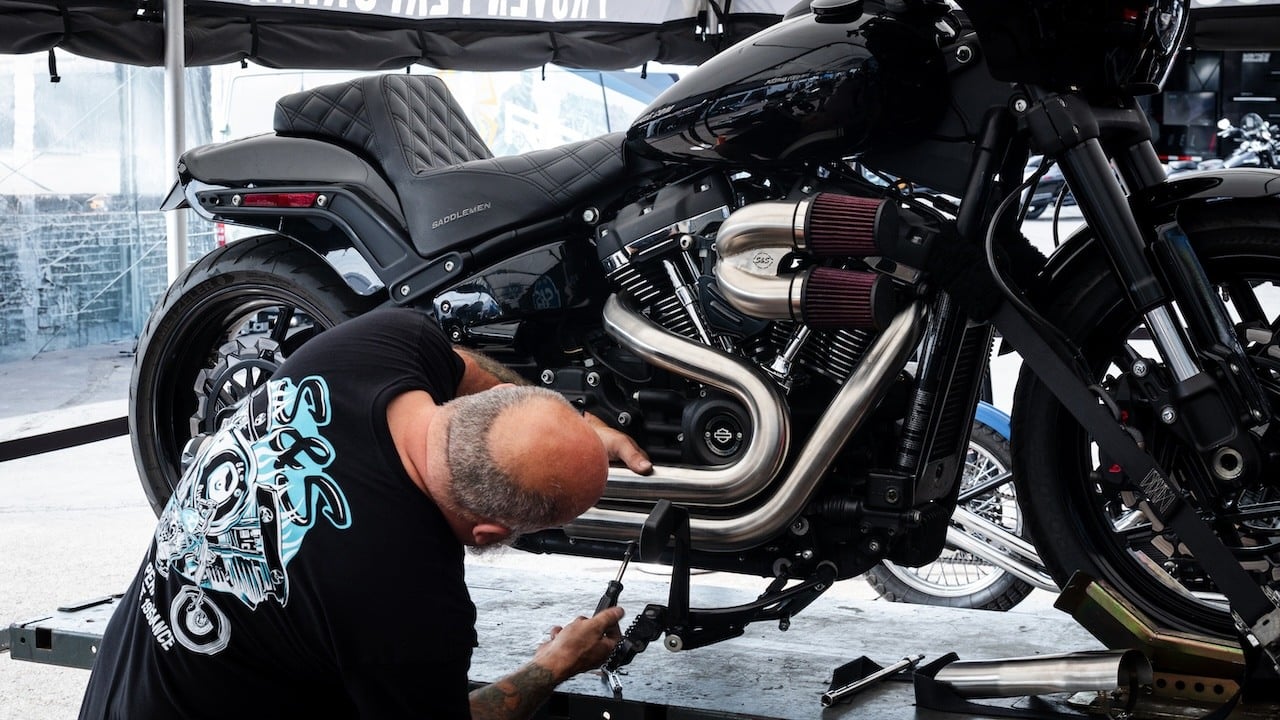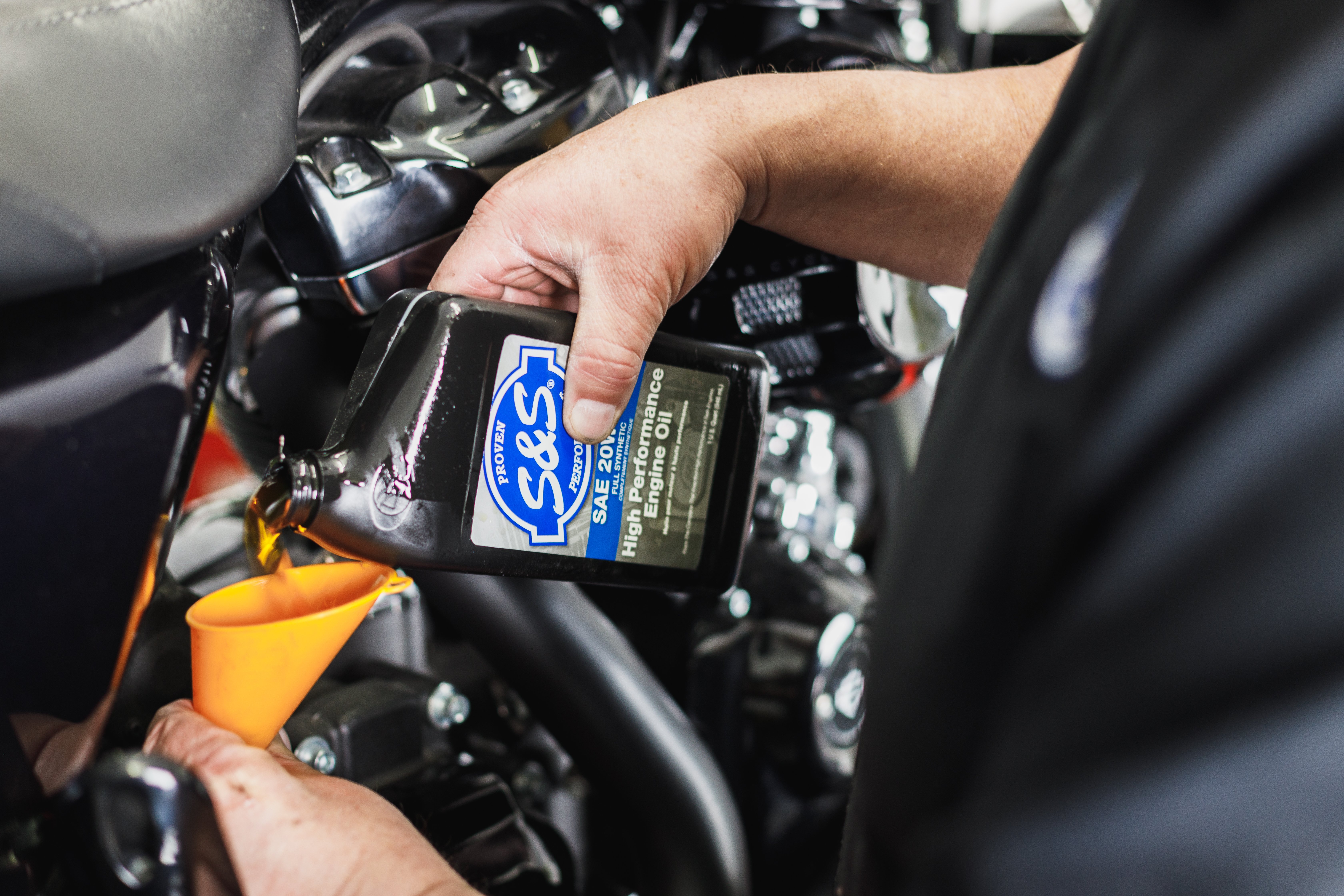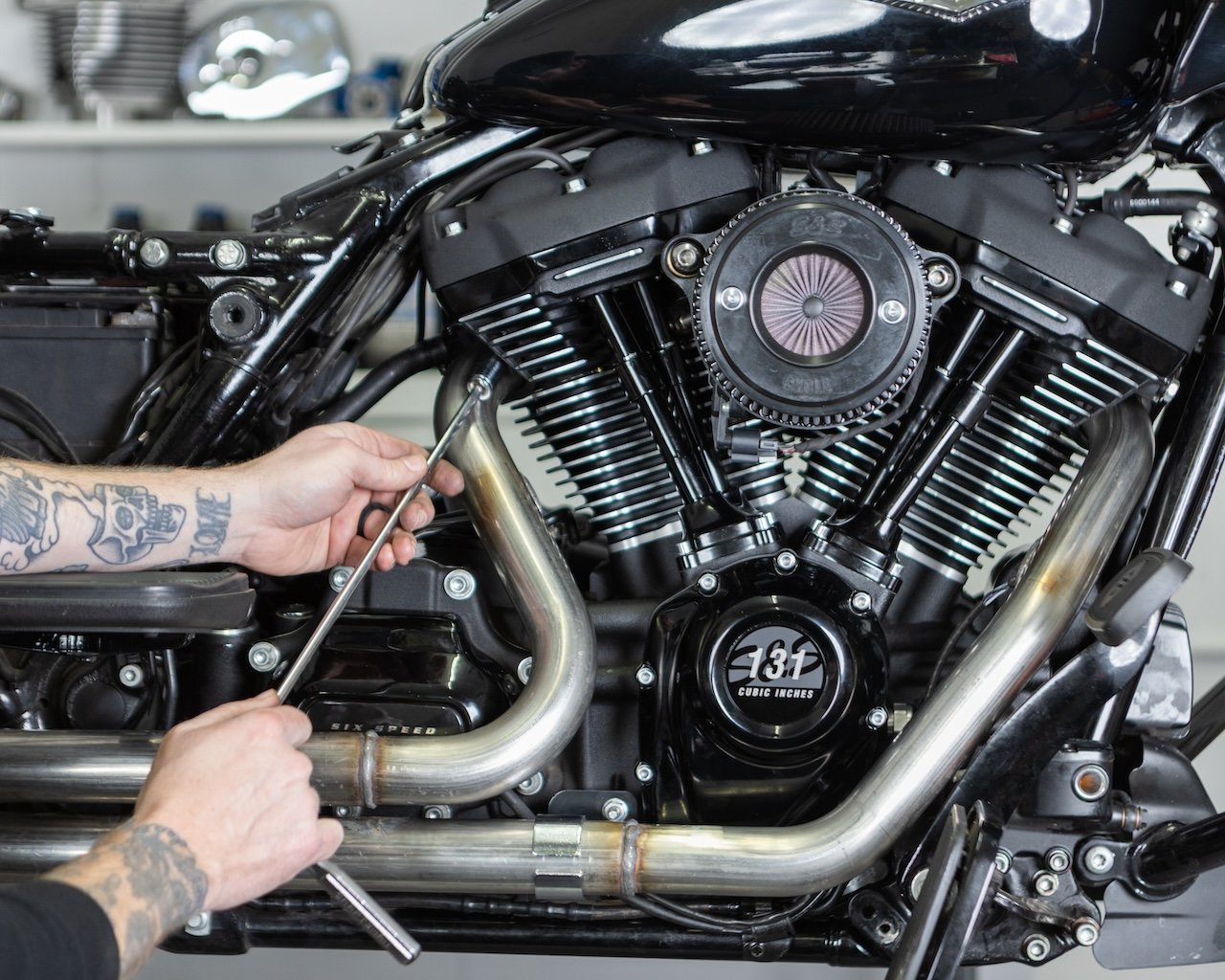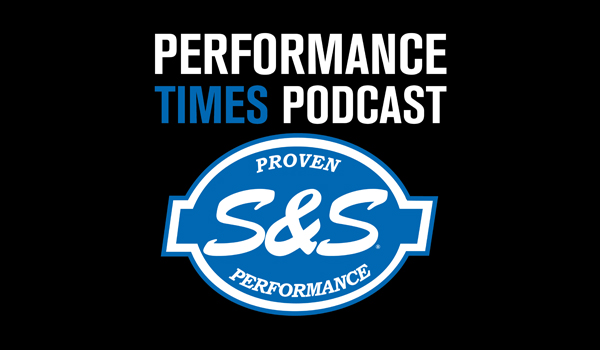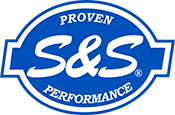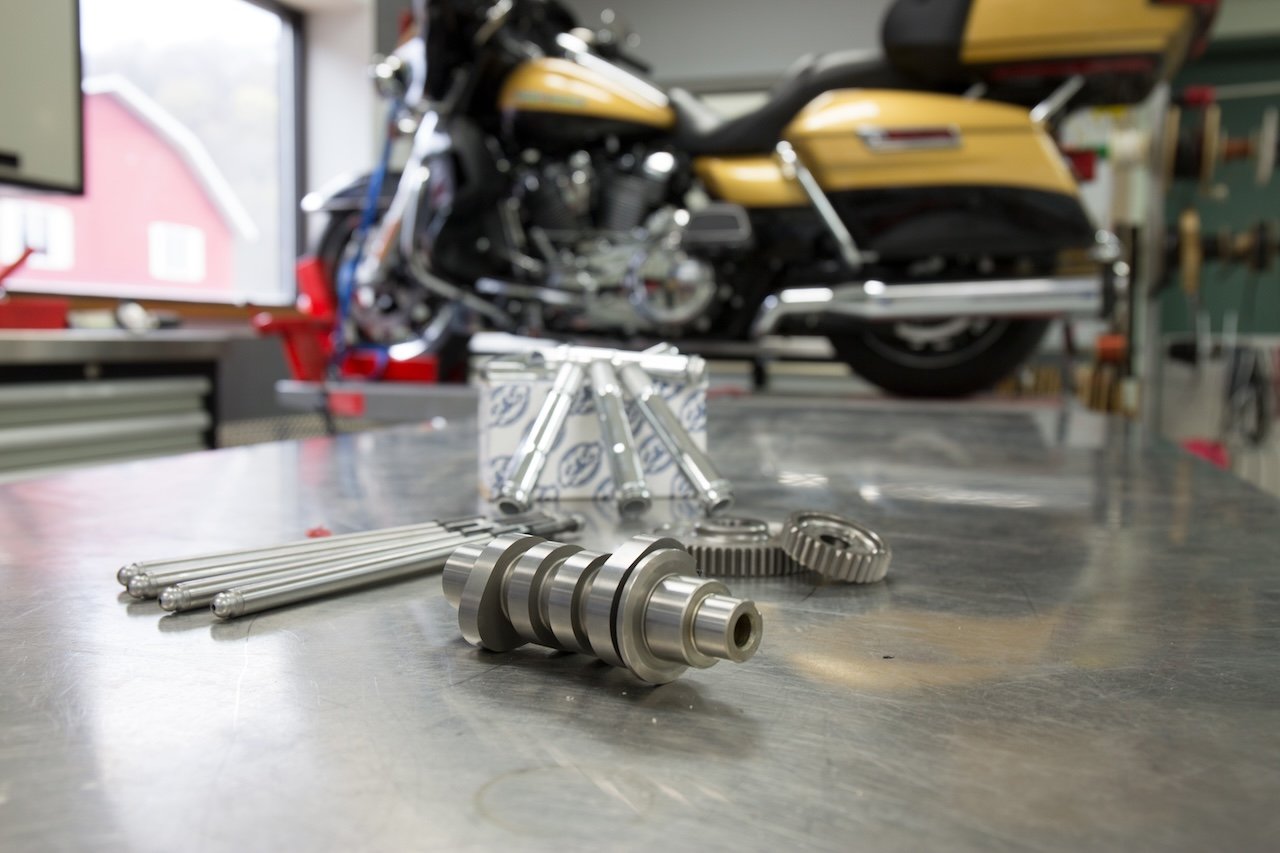
As passionate riders and dedicated motorcycle part manufacturers, we understand the importance of maximizing your bike's performance and unleashing its full potential on the road or track. One of the most significant upgrades you can make to your motorcycle's engine is installing a high-performance camshaft tailored to your riding style and performance goals.
In this comprehensive guide, we'll delve into the finer points of camshaft selection, exploring key factors like lift, duration, and intake closing time, and how they influence your Harley's power delivery and overall performance. Whether you're a weekend warrior seeking more low-end torque or a track enthusiast craving top-end horsepower, choosing the right camshaft can absolutely transform your riding experience.
What is a Camshaft?
A camshaft is a vital component of the engine's valve train system. It controls the opening and closing of the intake and exhaust valves. The camshaft, or camshafts depending on the engine, is typically located within the engine block and is driven by the crankshaft.
The shape of the cam lobes on the camshaft determines the timing and duration of valve opening and closing, directly affecting engine performance. Different camshaft designs can optimize performance characteristics like torque, horsepower, and fuel efficiency, depending on the intended use of the motorcycle, whether it's for street riding, racing, or off-road applications.
Overall, the camshaft plays a crucial role in regulating the flow of air and fuel into the engine and the expulsion of exhaust gasses, contributing significantly to your motorcycle's power output and overall performance.
Benefits of a Camshaft Upgrade for Your Harley
A camshaft upgrade for your Harley can offer several significant benefits over the stock cam from the manufacturer.
Increased Power
A high-performance cam can optimize valve timing and lift, allowing more air and fuel to enter the combustion chamber. This results in improved engine performance and increased horsepower output, enhancing acceleration and top speed.
Enhanced Torque
By optimizing valve timing and lift, a performance camshaft can improve low-end and mid-range torque, providing stronger acceleration and throttle response, particularly at lower engine speeds. This can be beneficial for city riding and passing on the highways.
Improved Throttle Response
Upgrading to a performance camshaft can sharpen throttle response and reduce lag by optimizing valve timing, giving you a more responsive engine that delivers power more quickly when you twist the throttle.
Better Fuel Efficiency
In some cases, a well-designed performance camshaft can improve fuel efficiency by optimizing combustion efficiency and airflow. Better fuel efficiency means more miles per gallon, extending your rides and helping you save money on fuel costs over time.
Enhanced Engine Sound
A performance camshaft with a more aggressive profile can produce the lope or idle tempo that performance Harleys are known for. Whether you’re looking for the “potato, potato, potato” or the intro from “Hot for Teacher," a cam upgrade can enhance the overall auditory experience of riding your motorcycle.
Overall Engine Performance
Upgrading your Harley-Davidson cam can have a cascading effect on other aspects of engine performance, like improved cylinder filling, better combustion efficiency, and optimized exhaust scavenging. This often results in a smoother-running engine with reduced vibrations and increased longevity.
Sizes and Types of Camshafts
Camshafts can vary in size, shape, and configuration based on the specific requirements of the engine and its intended application. Cams aren’t one-size-fits-all, in fact the cam that’s best for the way I ride may very well be terrible for the way you ride, so the sizes and types of camshafts matter a great deal when you’re looking to upgrade your Harley.
Here are some common camshaft types you’ll find.
Stock/OEM Camshafts
These are the camshafts that come standard with your motorcycle straight from the manufacturer. They’re designed to provide a balance of performance, fuel efficiency, and reliability for typical riding conditions.
Performance Camshafts
Performance camshafts are designed to improve engine performance by optimizing valve timing and lift. They typically have more aggressive cam profiles compared to stock camshafts, resulting in increased power output at higher engine speeds. Performance camshafts may sacrifice some low-end torque for improved high-end horsepower. We always recommend installing a performance exhaust in order to take advantage of the benefits of a performance cam.
Learn more: Slip on Exhaust vs. Full System: Which is Right for You?
Racing Camshafts
Racing camshafts are designed for maximum performance on the track. They often feature extremely aggressive cam profiles with high lift and longer duration to maximize airflow into and out of the engine. Racing camshafts prioritize high-end power delivery and may not be suitable for street use due to reduced low-end torque and idling characteristics.
Turbocharged/Supercharged Camshafts
Camshafts for turbocharged or supercharged engines are specially designed to complement forced induction systems. They typically feature different timing and lift profiles to optimize performance under boost pressure conditions.
High-Torque Camshafts
These camshafts are designed to improve low-end torque without sacrificing too much top-end power. They often feature moderate lift and duration to enhance throttle response and acceleration at lower engine speeds.
Hydraulic vs. Solid Camshafts
Camshafts can be either hydraulic or solid. Hydraulic camshafts use hydraulic lifters to adjust valve clearance automatically, while solid camshafts require manual adjustment of valve lash. Hydraulic camshafts are more common in modern motorcycles due to their ease of maintenance and quieter operation. Solid camshafts are more commonly used for high-performance street bikes and racing bikes for increased performance and power.
Specifications to Consider When Choosing a Cam
Lift, duration, and intake closing time are critical parameters that determine the performance characteristics of a camshaft. We call these the Big Three. Lift, duration, and intake closing time work together to optimize engine performance across the entire RPM range. A well-designed camshaft balances these parameters to suit the specific requirements of the engine and its intended application. By carefully selecting a camshaft with the right combination of lift, duration, and intake closing time, you can enhance power output, throttle response, and overall drivability.
We’ll break down these specifications below.
Lift
Lift refers to the maximum height the valve is lifted off its seat during the camshaft's rotation. It directly affects the amount of air and fuel that can enter the combustion chamber. A higher lift allows more air and fuel to flow into the cylinder, resulting in increased power output. However, higher lift isn’t always better. Coil binding can occur when you install a cam with a higher lift than your engine can accommodate, which can be incredibly damaging to the engine as a whole. You should always choose a cam with a lift that’s compatible with your engine.
Learn more about Cam Lift in our video →
Duration
Duration refers to the amount of time the valve is kept open during each cycle of the engine. It includes both the intake and exhaust durations. Longer duration means the valve remains open for a greater portion of the engine's cycle, allowing more air and fuel to enter during the intake stroke and more exhaust gasses to exit during the exhaust stroke. Longer-duration camshafts tend to produce more power at higher engine speeds but may sacrifice low-end torque and idle quality.
Learn more about Duration in our video →
Intake Closing Time
The intake closing time is the moment when the intake valve closes after reaching its maximum lift during the intake stroke. This parameter influences the effective compression ratio, scavenging efficiency, and cylinder filling. Closing the intake valve too early can restrict airflow and decrease power output, while closing it too late can cause reversion and compromise low-end torque.
Learn more about Intake Closing Time in our video →
How to Choose the Right Cam for Your Harley
When choosing a camshaft for your Harley, there are a few details to consider to ensure that the camshaft matches your performance goals and riding style. Bigger isn’t always better when it comes to choosing a camshaft. Here are some key factors to keep in mind.
Riding Style and Intended Use
Consider how you primarily use your Harley. Are you mainly cruising on highways, commuting in the city, or hitting the racetrack? Your riding style and intended use will influence the type of cam that best suits your needs. For example, if you're touring on your Harley, you would benefit from a lower .550” lift cam to improve valve train noise and valve train life.
Power Band
Determine where you want to optimize power delivery in the RPM range. Different camshaft profiles adjust the power band differently. For example, if you prefer more low-end torque for city riding and quick acceleration from stop lights, you might want a camshaft with a focus on low to mid-range power. If you're looking for more top-end power for highway cruising or racing, a cam optimized for high RPM performance would be more suitable.
Compression Ratio and Engine Modifications
Consider your Harley's current engine setup, including the compression ratio, cylinder head modifications, exhaust system, and fueling system. Camshaft selection should complement these modifications to maximize performance and reliability. For example, higher compression ratios may require a camshaft with less aggressive timing to prevent detonation.
Camshaft Type
Decide between hydraulic and solid camshafts based on your maintenance preferences and performance requirements. Hydraulic camshafts offer easier maintenance and quieter operation, while solid camshafts provide more precise valve control at high RPMs.
Manufacturer Recommendations
Check if the camshaft manufacturer provides recommendations or compatibility charts for specific Harley-Davidson models and engine configurations. Following manufacturer guidelines ensures compatibility and optimal performance. If you choose to upgrade your Harley with S&S cams, we recommend pairing them with our precision tappets or upgrading the entire cam chest with a full kit available directly from S&S Cycle or your local S&S Dealer.
Dyno Testing and Tuning
We highly recommend dyno testing and tuning after installing a new camshaft to optimize fuel and ignition mapping for the best performance and drivability. Dyno tuning can help fine-tune the air-fuel ratio, ignition timing, and camshaft phasing to extract maximum power from your Harley's engine. When it comes to what brand or type of tuner to use, we recommend that you consult the technician or shop that will be doing the tuning to ensure you are getting a tuner they are familiar with, comfortable with, and confident with.
Enhance Your Ride with the Right Camshaft
Upgrading your Harley-Davidson cam isn’t just about upgrading parts—it's about unlocking a new level of performance and excitement every time you hit the road. By understanding the nuances of lift, duration, and intake closing time, you can tailor your motorcycle's engine to suit your unique riding style and preferences.
At S&S Cycle, we're committed to providing you with high-quality camshafts that deliver unparalleled performance and reliability. Whether you're seeking more power, improved throttle response, or smoother acceleration, our range of camshafts is designed to exceed your expectations.
For more information, check out our comprehensive guide on S&S camshaft specs →
You might also like:
